Best Things To Eat After A Workout
Getting the right fuel before a workout is important. It can keep you going at peak performance until the end. However, you have to choose the right foods to eat after a workout, too. You need fuel to repair muscles and replenish the muscle glycogen you depleted during your workout. Consuming the right type of food after you workout can replenish the muscle glycogen that you depleted when you were exercising. It also helps boost protein synthesis, which helps repair and build new muscle tissue, while restoring fluid and electrolyte balance.
You need both carbohydrates and protein.
After you workout, you need the quick energy of a carbohydrate, plus protein to rebuild muscles. Try to eat as soon as possible after your workout if you had a tough session. The snack should consist of 20-30 grams of protein and 30-40 grams of carbohydrates. You can wait longer and just eat a well-balanced meal if your workout was lighter, like jogging.
Some good options after a workout can be simple.
Eggs are an excellent source of protein and that makes a hard-boiled egg and easy choice. It comes in its own container, so just peel it, slice it and put it between two slices of whole wheat bread or on crackers. Slices of cheese on crackers or chicken breast on whole wheat are two other options. Plain Greek yogurt with fresh fruit chopped in it is another good option. The fruit is the carbs and the yogurt is the protein.
Other simply to carry options for a post workout snack can include peanut butter and apples.
Peanut butter is a great source of protein, but make sure you opt for the natural peanut butter. It only has one ingredient and that’s peanuts, although some may have salt in it as well. As noted before, other protein sources include Greek yogurt and cheese. Tuna and chicken breasts are also good choices. The carbohydrate part of the mix can be whole grain bread or crackers, fresh fruit or vegetables. Roasted sweet potato slices with a yogurt dip also make a good after workout snack.
If you’re working out at home or have access to a freezer, a frozen banana dipped in dark chocolate, then rolled in crushed walnuts not only provides both protein and carbs, it also acts like a natural anti-inflammatory.
Make a healthy, easy to transport tuna salad. Just use tuna, onions, celery and dressing made from mayo, Greek yogurt and mustard. Mix and put on one slice of whole grain toast after a tough workout.
No matter how tempting it may seem, deep-fried wings and other similar types of protein won’t do. You need a healthy source, like baked chicken breast or other lean meat.
What could be easier than a bottle or container of chocolate milk after a workout. It offers two times as much carbs and protein as sports drinks. It also helps replace the sweat you lost during your workout and offers even more nutrients.

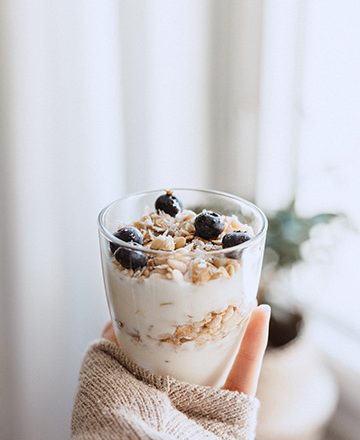
 It’s not a secret that a walk after a big meal can aid digestion. It’s the mild exercise and movement that prevents gas build up and helps food pass through the digestive system. It’s one reason certain yoga poses can help. The gentle movements of yoga has been used for thousands of years to bring health benefits and connect the mind and body. It stimulates the rest-and-digest system known as the parasympathetic nervous system.
It’s not a secret that a walk after a big meal can aid digestion. It’s the mild exercise and movement that prevents gas build up and helps food pass through the digestive system. It’s one reason certain yoga poses can help. The gentle movements of yoga has been used for thousands of years to bring health benefits and connect the mind and body. It stimulates the rest-and-digest system known as the parasympathetic nervous system.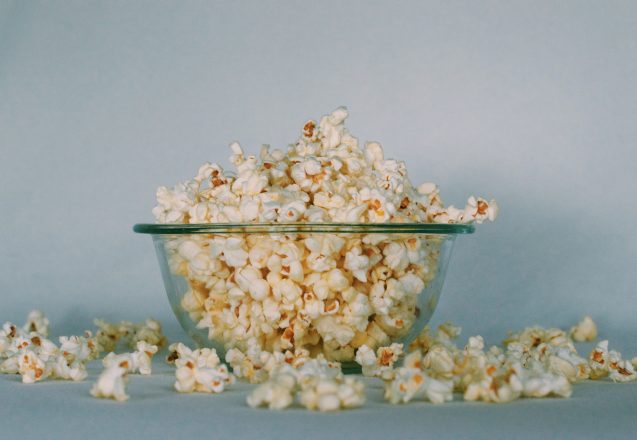
 What are trans fats? They’re partially hydrogenated oil and at one time were touted as healthy. Crisco is probably one of the best known hydrogenated vegetable oils. It came to market in 1911 and was touted as healthy, since it was made of vegetable oil. Even up to the 1980s, people promoting healthy living promoted the oils containing trans fats. Burger King’s switch to partially hydrogenated oils—trans fats—was described by the Center for Science in Public Interest as a “great boon to Americans’ arteries,” but by 2018 the FDA banned the fats in the USA. Crisco has changed its formula to remove most trans fats.
What are trans fats? They’re partially hydrogenated oil and at one time were touted as healthy. Crisco is probably one of the best known hydrogenated vegetable oils. It came to market in 1911 and was touted as healthy, since it was made of vegetable oil. Even up to the 1980s, people promoting healthy living promoted the oils containing trans fats. Burger King’s switch to partially hydrogenated oils—trans fats—was described by the Center for Science in Public Interest as a “great boon to Americans’ arteries,” but by 2018 the FDA banned the fats in the USA. Crisco has changed its formula to remove most trans fats.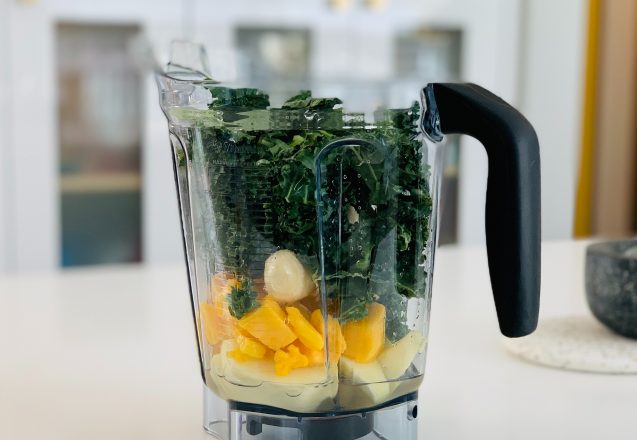
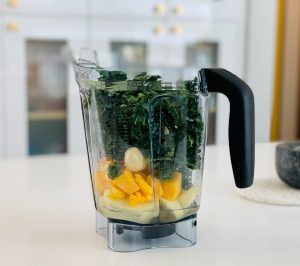 There are a lot of different fads people in Irvine, CA, try for their health and to lose weight. A juice cleanse is one of those. People who swear by juice cleanses for health say it detoxes the body, removing harmful chemicals. It also gives your digestive system a rest. Others who are trying to lose weight consider a juice cleanse a good way to start a diet.
There are a lot of different fads people in Irvine, CA, try for their health and to lose weight. A juice cleanse is one of those. People who swear by juice cleanses for health say it detoxes the body, removing harmful chemicals. It also gives your digestive system a rest. Others who are trying to lose weight consider a juice cleanse a good way to start a diet.
 If you aren’t sure what macros are, how are you going to count macros? The term macros is an abbreviated way of saying macronutrients. It’s a way of categorizing protein, fat and carbohydrates. Micronutrients, on the other hand, are minerals, vitamins and phytonutrients. While there’s still debate whether counting macros and focusing on how much you eat of each is the best way to lose weight, it does work and helps you lose fat and build muscles in the process.
If you aren’t sure what macros are, how are you going to count macros? The term macros is an abbreviated way of saying macronutrients. It’s a way of categorizing protein, fat and carbohydrates. Micronutrients, on the other hand, are minerals, vitamins and phytonutrients. While there’s still debate whether counting macros and focusing on how much you eat of each is the best way to lose weight, it does work and helps you lose fat and build muscles in the process.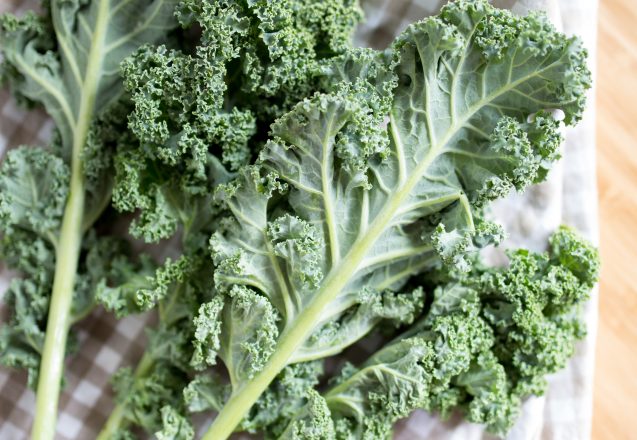
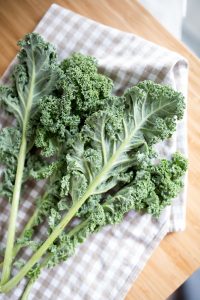 Did you know there are many different varieties of kale used in Irvine, CA? That ornamental kale you see in planters and on salad bars are different varieties than the ones you eat, but still edible. Even within the edible varieties, there are huge differences in flavor and appearance. For instance, red kale tastes milder than curly kale, and they both look and taste different than walking stick kale. What do they all have in common? It’s the health benefits of kale.
Did you know there are many different varieties of kale used in Irvine, CA? That ornamental kale you see in planters and on salad bars are different varieties than the ones you eat, but still edible. Even within the edible varieties, there are huge differences in flavor and appearance. For instance, red kale tastes milder than curly kale, and they both look and taste different than walking stick kale. What do they all have in common? It’s the health benefits of kale.
 Do you burn the candle at both ends and wind up feeling fatigued or have a headache in the morning? Most people would blame that on lack of sleep, but the answer might be a bit more complicated. Maybe lacking sleep isn’t the exact problem, but dehydration is. What causes the dehydration? According to research published in the November 5, 2018, journal, Sleep, these symptoms occur because of dehydration, but the dehydration may occur because of the lack of sleep.
Do you burn the candle at both ends and wind up feeling fatigued or have a headache in the morning? Most people would blame that on lack of sleep, but the answer might be a bit more complicated. Maybe lacking sleep isn’t the exact problem, but dehydration is. What causes the dehydration? According to research published in the November 5, 2018, journal, Sleep, these symptoms occur because of dehydration, but the dehydration may occur because of the lack of sleep.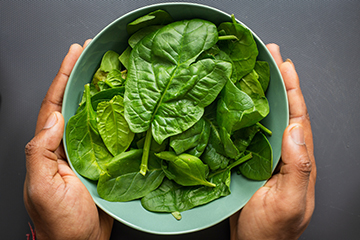
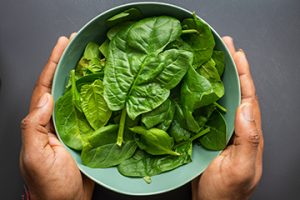 There are a lot of foods that are high in iron, such as shellfish, liver and other organ meats, beef, turkey and fish. That’s normally where many people get iron in their diet. What about a vegetarian? What foods should they eat to get their daily supply of iron? Iron is important for the body. It is necessary in the blood to carry oxygen throughout the body. A deficiency leads to anemia and fatigue. Most at risk are menstruating women and people with certain conditions. There are some rich sources of iron in the plant world, however.
There are a lot of foods that are high in iron, such as shellfish, liver and other organ meats, beef, turkey and fish. That’s normally where many people get iron in their diet. What about a vegetarian? What foods should they eat to get their daily supply of iron? Iron is important for the body. It is necessary in the blood to carry oxygen throughout the body. A deficiency leads to anemia and fatigue. Most at risk are menstruating women and people with certain conditions. There are some rich sources of iron in the plant world, however.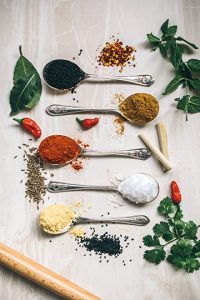 Do you really think that healthy food has to taste bland and boring? You’ll be surprised at how spicing up your meals not only makes it taste better, but also can benefit your health. Holy Basil, for instance, is used in Asian cooking, but is more often used for its health benefits. It helps you feel more relaxed and reduces the hormone of stress, cortisol. Sage is another herb that helps the body. In fact, it’s genus name, salvia, means to heal in Latin. The chemicals sage contains, such as luteolin, quercetin and rosmarinic, also improve memory and alertness.
Do you really think that healthy food has to taste bland and boring? You’ll be surprised at how spicing up your meals not only makes it taste better, but also can benefit your health. Holy Basil, for instance, is used in Asian cooking, but is more often used for its health benefits. It helps you feel more relaxed and reduces the hormone of stress, cortisol. Sage is another herb that helps the body. In fact, it’s genus name, salvia, means to heal in Latin. The chemicals sage contains, such as luteolin, quercetin and rosmarinic, also improve memory and alertness.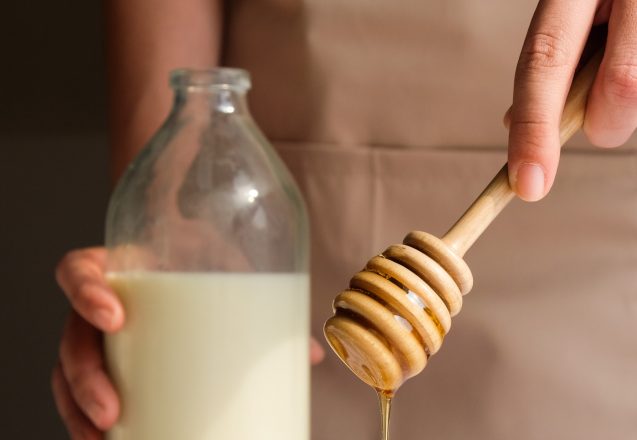
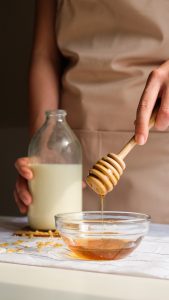 In Irvine, CA, there are many boutiques and health stores where you can purchase both raw and processed honey. Don’t be fooled by the grocery store honey that is often watered down and degraded with fructose additives, making it nothing but honey sugar syrup with none of the health benefits of honey. There is medical-grade honey, food-grade, raw honey, organic honey and pasteurized honey. To get the benefits, avoid the pasteurized or processed honey. The heating and treating kills the good bacteria and eliminates many of the health benefits. Buy from local beekeepers if possible.
In Irvine, CA, there are many boutiques and health stores where you can purchase both raw and processed honey. Don’t be fooled by the grocery store honey that is often watered down and degraded with fructose additives, making it nothing but honey sugar syrup with none of the health benefits of honey. There is medical-grade honey, food-grade, raw honey, organic honey and pasteurized honey. To get the benefits, avoid the pasteurized or processed honey. The heating and treating kills the good bacteria and eliminates many of the health benefits. Buy from local beekeepers if possible.